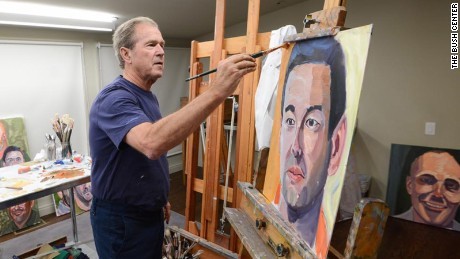At the close of the fiscal year in September, the U.S. had resettled only 11,411 refugees.
That’s the lowest number in the history of our refugee resettlement program. Here’s how we got here.
When a refugee enters the resettlement system, they’re starting a lengthy process with five distinct steps. First, they must be referred into the system due to their particular vulnerability or ties to the U.S. Next, they undergo a pre-screening interview at a Refugee Support Center before moving on to an official refugee interview with U.S. Citizenship and Immigration Services (USCIS). After that, they must undergo a multitude of additional security and medical checks to ensure their resettlement would pose no risks to national security. Finally, they’re connected with a sponsoring resettlement agency in the U.S. with the capacity to take them in.

Danilo Zak
This entire process must be completed while refugees are waiting in refugee camps or other, even more dangerous conditions. The system is designed to protect the most vulnerable refugees around the world — it is imperative that it functions properly and moves quickly to resettle them to safety.
But the truth is that Trump administration restrictions and the COVID-19 pandemic have caused lasting damage to almost every part of the refugee admissions process — resulting in strained capacity, backlogs and processing delays all along the pipeline, and historically low resettlement numbers.
The U.S. has set an optimistic goal of resettling 125,000 refugees for fiscal year 2022— but we won’t come close without addressing key problems within the system. Here’s what’s standing in the way:
Domestically, our refugee resettlement infrastructure has been decimated and has been unable to quickly rebuild. Overseas, refugees face long delays in receiving USCIS interviews and must spend years slogging through an increasingly bloated and uncoordinated vetting process. Key agencies responsible for processing refugees lack needed staffing and resources, and fewer refugees have access to the pipeline in the first place than ever before. Ultimately, we have lacked the political will to fix the process in a timely manner and protect those in need.
So, what’s the solution?
“We can rebuild a functioning refugee resettlement system.”
Each one of these problems can be addressed head-on. We can proactively rebuild domestic resettlement infrastructure as well as capacity at USCIS. We can better coordinate and streamline the vetting process. We can create new pathways to enter the refugee admissions process. We can surge resources and staffing to the divisions that need it. We can rebuild a functioning refugee resettlement system.
This must be about more than setting a high refugee admissions ceiling and hoping we get there. What’s needed is that sustained commitment. For years, refugee resettlement had strong support from both Republicans and Democrats alike. It can still be that way—but our elected officials need to act and prioritize rebuilding our refugee resettlement system.
Danilo Zak serves as policy and advocacy manager with the National Immigration Forum. This column is excerpted from one of the Forum’s daily newsletters. Originally from Crozet, Va., Danilo earned a bachelor’s degree in global affairs from Yale College and his master’s of science degree in Refugee and Forced Migration Studies from Oxford University.
Related articles:
Secretary of Homeland Security takes questions for an hour rather than giving a speech
Refugee resettlement expected to rebound, but the pipeline is broken

